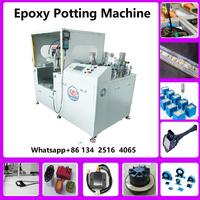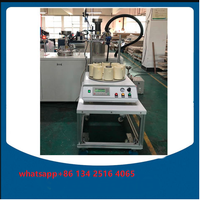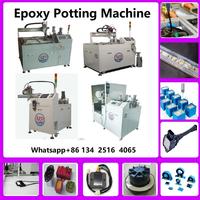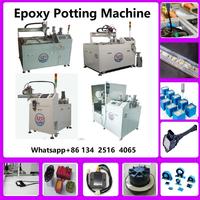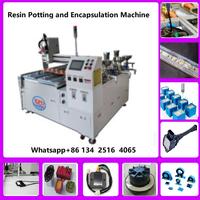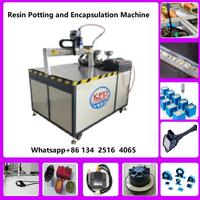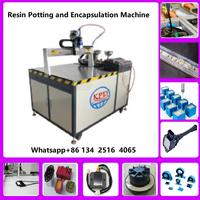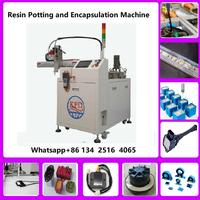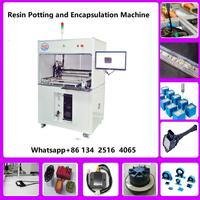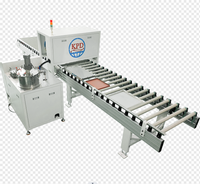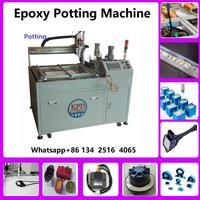2 component potting and dispensing in PCB housings encapsulating 2K adhesive AB material machine
Company Information:
Name: |
2 component potting and dispensing in PCB housings encapsulating 2K adhesive AB material machine |
Category: |
|
Offered by: |
|
2 component potting and dispensing in PCB housings encapsulating 2K adhesive AB material machine Description:
In electronics, potting is a process of filling a complete electronic assembly with a solid or gelatinous compound for high voltage assemblies by excluding gaseous phenomena such as corona discharge, for resistance to shock and vibration, and for the exclusion of water, moisture, or corrosive agents. It has also been used to protect against reverse engineering or to protect parts of cryptography processing cards. When such materials are used only on the components, it is referred to as encapsulation.
Which are the Best Compounds?
The best potting compound depends on the individual project. However, the most common materials are epoxy, urethane, and silicone.
Epoxy potting compounds
Epoxy potting compounds are popular mainly because they offer excellent adhesion. You don’t need primers when using epoxy to pot electronics. Epoxy potting compounds are also characterized by high rigidity, modulus, and tensile strength. This makes them perfect for outdoor applications, such as switches and transformers, or agricultural devices.
Urethane potting compounds
Urethane’s main advantages are flexibility, elongation, and abrasion resistance. The flexibility is especially critical as most devices needing potting comprise several substrates, including metal alloys, ceramics, plastics, and glass. Therefore, you need a highly versatile material to protect every component while preserving each substrate’s unique properties. Specially-formed urethane potting compounds do that brilliantly.
Silicone potting compounds
Silicone potting compounds are also soft, flexible, and known for excellent elongation properties. However, what stands out most about silicon is its wide operating temperature range. Specially-formed silicone potting compounds can operate at temperatures as low as -100°F and as high as 200°F. Silicon also exerts the least stress on components. Unfortunately, it’s the most expensive of the lot.
4 Critical Factors to Consider When Potting an Electronic Assembly
Though every manufacturer follows a unique path during potting, the following general tips can help ensure the highest product quality;
- Heat the resin before potting begins: This allows the potting compound to flow better during application. Find out from the supplier the optimal flow temperature for the selected compound.
- Ensure proper resin-to-hardener ratio: You need to carefully vary the weight ratios to produce a potting compound that’s hard enough but also sufficiently flexible. You may need several trials to find the best ratio.
- Use a detachable mixing nozzle for mixing: After finding the correct resin-hardener ratio, mix the two using a mixing nozzle for a homogenous product. The longer the nozzle, the better the mix. Always mix under pressure.
- Achieving dispense weight/speed: You can achieve the desired dispense volume/weight through multiple small shorts or a single large shot; it’s your call. However, always use an adjustable cylinder piston to regulate the dispense amount.
Electronics Potting Equipment
The electronic potting process requires highly specialized equipment. It includes machines for precise, uniform mixing of potting materials and de-gassing tanks that eliminate any air bubbles in the materials. Equipment must allow for precise adjustment of potting material ratios and flow speed. Electronic potting facilities also include vacuum and curing chambers with full temperature controls. Additional considerations here are the length and temperature of the curing process that have an impact on shrinking.
| Sara | |||||
| Sales Manager | |||||
|
Kapudun Automation Equipment (Guangzhou)CO.,ltd |
|||||
| m: | 0086 13425164065(whatsapp/wechat) Wechat : 13425164065 |
||||
2 component potting and dispensing in PCB housings encapsulating 2K adhesive AB material machine was added in Mar 2024
2 component potting and dispensing in PCB housings encapsulating 2K adhesive AB material machine has been viewed 9 times
20 More Products from Kapton Automation Equipment (Guangzhou) Co., Ltd :
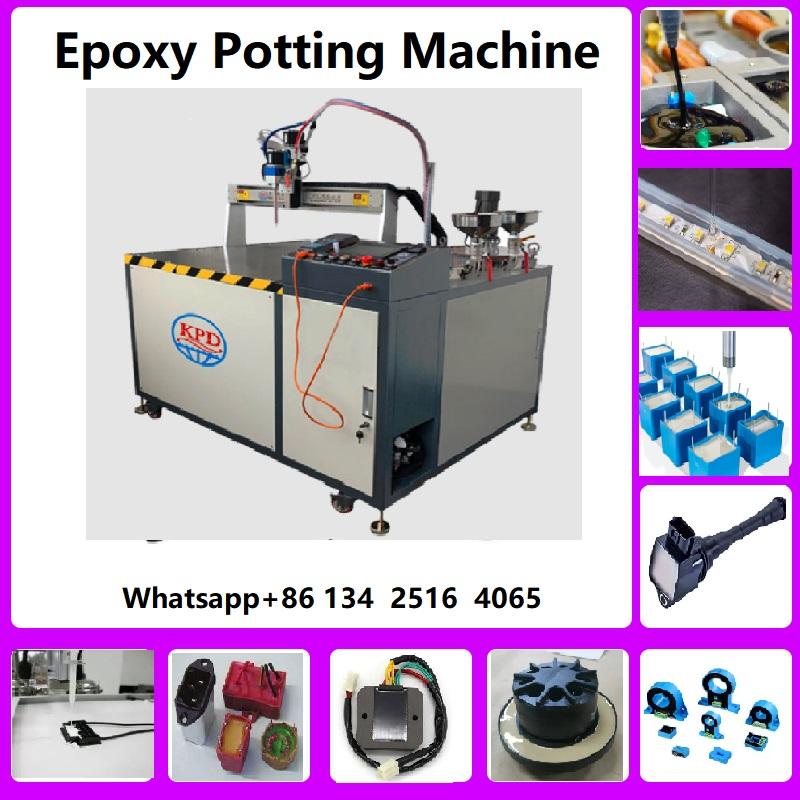

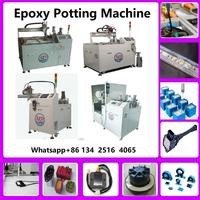
.jpg)

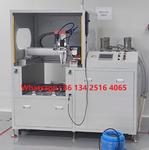
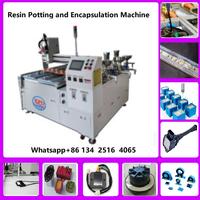
1.jpg)
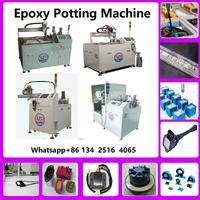
1.jpg)
